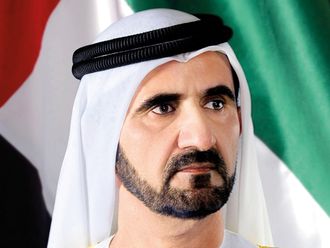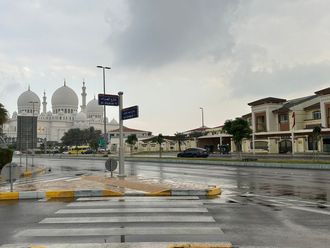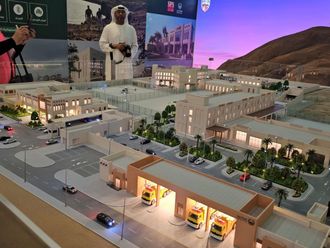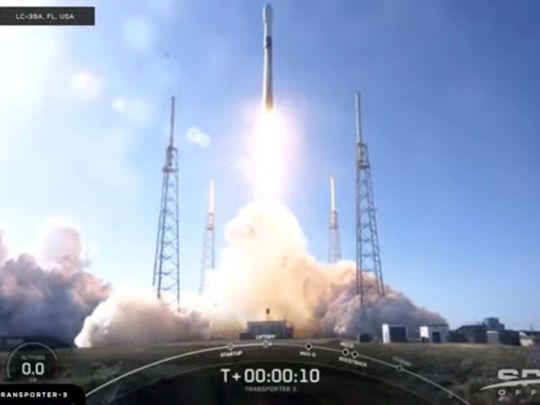
Dubai: Dubai Electricity and Water Authority (Dewa) today launched the DEWA-SAT 1 nanosatellite in collaboration with NanoAvionics, becoming the world’s first utility to use nanosatellites to improve the maintenance and planning of electricity and water networks.
The authority also announced its next mission — a U6 nanosatellite to be launched later this year — after the U3 nanosatellite was successfully launched by SpaceX Falcon 9 rocket from Cape Canaveral Space Launch Complex (SLC-40) in Florida, United States.
It was among the 105 spacecraft, including microsats and cube sats that were being launched by the Falcon 9 two-stage rocket.
The U3 nanosatellite was designed and developed at Dewa’s R&D Centre in the Mohammed bin Rashid Al Maktoum Solar Park to improve the operations, maintenance and planning of DEWA’s networks with the support of nanosatellite technology, Internet of Things (IoT) and remote sensing technologies.
Dewa’s Space-D Programme, was launched by His Highness Sheikh Mohammed bin Rashid Al Maktoum, Vice-President and Prime Minister of the UAE and Ruler of Dubai, last January.
“We have successfully landed this Falcon 9 for the tenth time,” Kate Tice, a reliability engineering manager at SpaceX, said after the Falcon 9’s first stage landed back on Landing Zone 1, during the webcast of the Transporter-3 Rideshare mission.
Enhancing flexibility and agility
Dewa said DEWA-SAT 1 aims to enhance the authority’s operational efficiency and effectiveness and promote preventive maintenance of electricity and water networks including planning, production, transmission and distribution.
Dewa’s space programme will also contribute to enhancing flexibility and agility in monitoring and managing electricity and water networks, as well as the accurate and rapid assessment of the impact of weather and climate change on energy supplies and energy infrastructure. It will also provide a backup support system for the network through satellite communications.
Saeed Mohammed Al Tayer, Managing Director and CEO of Dewa, attended the launch along with officials from Dewa, SpaceX and NanoAvionics.
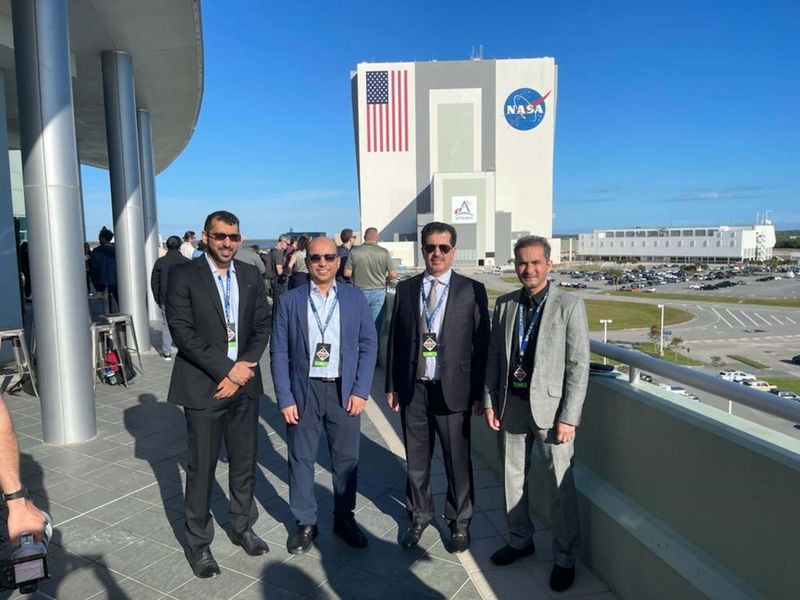
Extending his gratitude to Sheikh Mohammed for his unlimited support to Dewa and its innovative initiatives and projects, including its Space-D programme, Al Tayer said the programme supports the National Space Strategy 2030 that aims to realise the UAE’s vision in space sciences, technologies, applications and services.
“The programme also aims to train Emirati professionals to use space technologies to enhance its electricity and water networks and take advantage of Fourth Industrial Revolution technologies such as IoT, Artificial Intelligence (AI), and blockchain to exchange information with the help of satellite communications and earth observation technologies,” said Al Tayer.
Next mission will reduce cost
Al Tayer announced that Dewa will launch another U6 nanosatellite later this year to promote its flexibility and agility in monitoring, managing and maintaining its electricity and water networks. This will ensure providing electricity and water services according to the highest standards of availability, reliability and efficiency. It also reduces costs, improves its asset utilisation, enables knowledge and experience transfer, as well as trains Emiratis at Dewa.
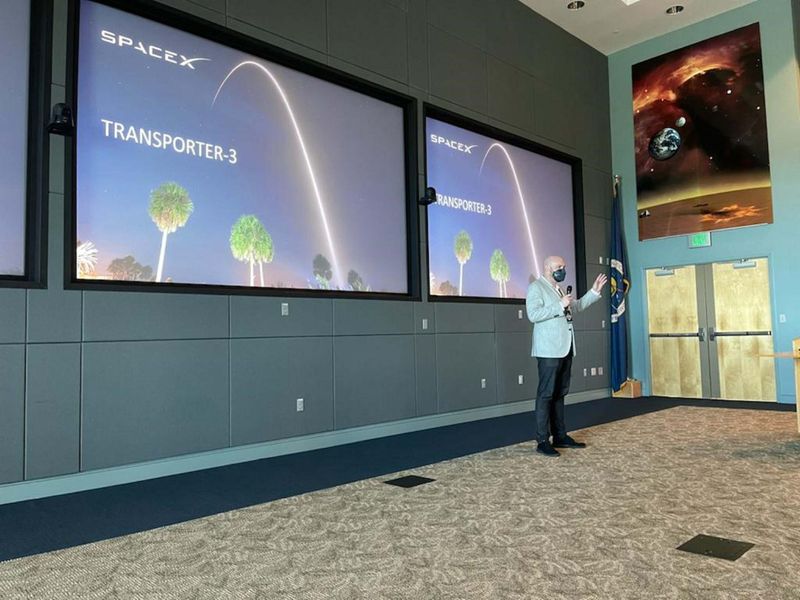
Al Tayer said that DEWA-SAT 1 uses LoRa IoT communication technology, which is a new wireless protocol designed for long-range communications that consumes less energy, to expand the coverage of the existing terrestrial communication network. Integration of IoT data
Using satellite communications, IoT, and AI will improve the efficiency and effectiveness of Dewa’s operations and support digitising energy networks, water distribution and transmission networks. It also enables the integration of IoT data using Dewa’s private cloud.
Waleed Bin Salman, executive vice-president of Business Development and Excellence at Dewa, said that Dewa’s Space-D programme includes launching the nanosatellite constellation developed by Emiratis at Dewa’s R&D Centre at the Mohammed bin Rashid Al Maktoum Solar Park.
Read more
- Dubai: First batch of graduates from Dewa Capacity Building Programme to raise Emirati expertise in leadership and excellence
- DEWA launches EV green charger user dashboard in Dubai
- Dubai: Do this at home to ensure power supply and safety during rainy season
- Dubai’s DEWA in a new deal to ramp up operations using nanosatellites
Increasing efficiency and effectiveness
The system features a ground station at the solar park as well as IoT and AI technologies to support ground communication transmission stations in electricity and water networks. By deploying this infrastructure, Dewa seeks to increase the efficiency and effectiveness of its planning and operations, and enhance preventive maintenance at its production, transmission, distribution divisions as well as its smart grids, and electric vehicle charging stations.
Multi-spectrum, high-resolution thermal imaging devices such as those used onboard spacecraft, specifically designed for use in electricity and water networks, will be deployed to detect thermal fingerprints in high voltage transmission lines, substations, buildings and solar power stations, Bin Salman added.


